Remote Sensing in Livestock Management

Our mission is to help businesses connect, protect, and derive more value from their assets. As a leading global innovator, developer, and supplier of IoT solutions, we drive continuous innovation to enable our partners to deploy confidently at scale worldwide.
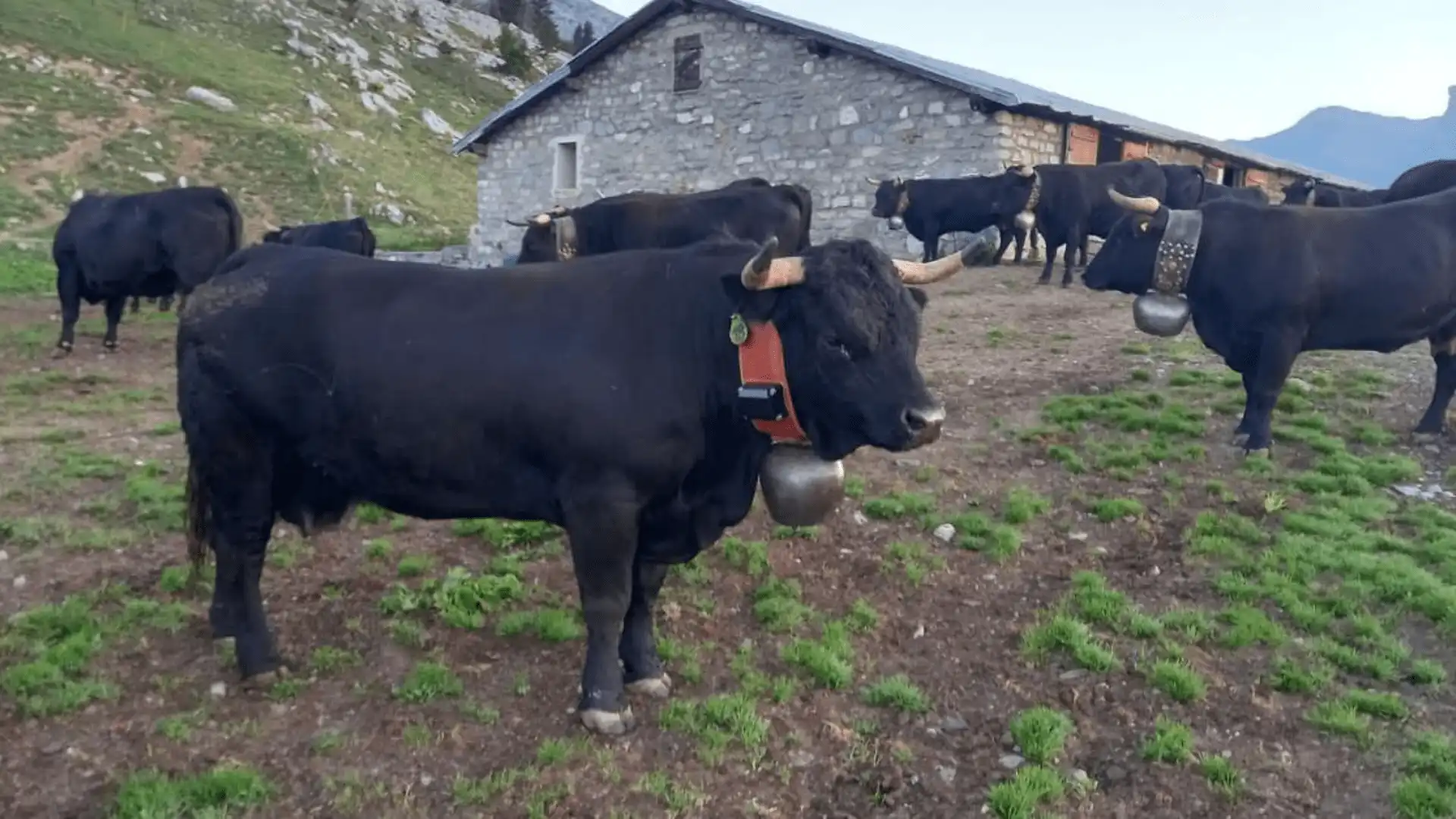
Livestock management is an integral part of modern agriculture, encompassing the day-to-day care and supervision of animals such as cattle, sheep and, goats. Effective livestock management enhances animal health through proper breeding and welfare measures, increasing productivity, sustainability and profitability.
As IoT and tracking solutions advance, agricultural practices have modernized livestock management processes. Remote sensor monitoring plays a significant role in sustainable livestock management practices, allowing for crucial data to be captured. When integrated with a data logger, this data can then be communicated and accessed remotely, providing insights into the well-being and location of the herd.
What is Livestock Management?
Livestock management includes the practices and procedures carried out to ensure health, welfare, and productivity of farm animals, with a strong emphasis on animal science alongside traditional practices. Traditional forms of livestock management practices are typically time-consuming, often involving manual tracking, visual health checks, and conventional feeding practices.
Effective farm management is crucial for the daily operations and success of farms. It involves monitoring livestock, implementing systems, and ensuring sustainable and efficient farming practices.
In contrast, modern livestock management leverages technology to enhance effectiveness and efficiency. Modern livestock management includes the use of remote sensors and automated feeding systems, providing critical data analytics so farmers can make informed decisions. By adopting these advanced technologies, farmers can monitor their herds with greater precision, detect health issues early, and optimize feeding and breeding programs.
Sustainable Livestock Management
Sustainable livestock management is becoming increasingly important as the agricultural sector seeks to reduce its environmental footprint. Farmers have adopted some key practices to do so, including balancing the sustainability of livestock operations and addressing environmental concerns:
-
Rotational Grazing: This method involves rotating livestock between pastures to prevent overgrazing, promote regrowth, and improve soil health.
-
Organic Farming: Emphasizing organic practices helps reduce chemical use, enhancing soil and water quality and promoting animal health.
-
Efficient Resource Use: Implementing water-saving techniques and optimizing feed use to reduce waste and environmental impact, whilst ensuring compliance.
There is also a growing consumer demand for more humane and environmentally friendly livestock production practices.
Remote Sensing in Livestock Management
Remote sensing in livestock management involves the use of various sensors to collect data about livestock without direct contact, forming an integral part of a comprehensive monitoring system. Common sensors include:
-
GPS Sensors: Track animal movements and ensure they stay within designated areas.
-
Temperature Sensors: Monitor animal health and detect early signs of illness while tracking environmental conditions.
-
Motion Sensors: For assessing activity levels and identifying unusual behavior.
A smart livestock management system utilizes advanced technology, particularly IoT, for the effective monitoring and administration of farm animals. This system aims to enhance productivity, efficiency, and overall livestock quality while addressing issues such as livestock theft and operational costs.
Advantages
Remote sensor monitoring for livestock management empowers farmers and agriculturists to take a proactive approach and achieve operational efficiency by:
-
Near-Real-Time Monitoring: Allows for immediate response to health issues and environmental changes.
-
Early Detection: Identifies potential problems before they become serious.
-
Resource Efficiency: Optimizes the use of feed, water, and other resources, reducing waste and costs.
Remote sensing in livestock management ensures precise monitoring of pasture conditions and animal health, facilitating better decision-making. By adopting these practices, farmers can improve animal welfare, reduce greenhouse gas emissions, and increase profitability.
How the Hawk Data Logger Enhances Livestock Management
The Hawk Data Logger is a device designed to enhance livestock management practices on livestock farms through seamless integration with remote sensing technologies. The data logger collects and interprets sensor data, transmitting it to a central platform for remote monitoring and analysis of animal behaviour and health. Some of the key features of the Hawk for livestock management include:
-
Comprehensive Data Collection: Gathers information on location, health, and activity levels.
-
User-Friendly Interface: Easy to interpret data for informed decision-making.
-
Robust Design: Durable and reliable in various environmental conditions.
Integration with Remote Sensing
The Hawk is compatible with an extensive range of sensors and can connect to multiple sensors using predefined I/O cards for common livestock management needs. This enables fast deployment, making it ideal for integrating health and environmental monitoring sensors like temperature and motion sensors for comprehensive livestock monitoring.
The Hawk enables farmers to have remote access to critical data, allowing near-real-time decision-making and increasing the operational efficiency of farms. In livestock farming, the use of remote sensing technologies helps address challenges such as monitoring animal health and ensuring security, ultimately enhancing farm management efficiency.
Livestock Management in Action: Partner Success Story
In this example of modern livestock management, our partner, Alpes Eco, located in the harsh terrain of mountainous France, has successfully implemented our tracking solutions to enhance their operations. Utilizing our advanced GPS and sensor technologies has allowed for significant improvements in the health and productivity of their livestock. Despite the tricky landscape and conditions, our devices have continued to perform, and assist our partners in achieving:
-
Health Monitoring: Integrated sensors have been configured to provide real-time data on the health and activity levels of the animals, enabling early detection of illnesses and prompt intervention.
-
Environmental Monitoring: Environmental conditions are now effortlessly tracked, supporting the optimization of grazing patterns and improving pasture management.
-
Location Tracking: The location of livestock is accounted for with our GPS tracking solutions, reducing the risk of loss and theft.
Our solutions have enabled our partners to reduce losses, improve animal welfare, and increase overall operational efficiency, transforming their approach to livestock management.
For a detailed look at our partner success story, explore the full case study here.
Summary
Effective livestock management is crucial for the health and productivity of farm animals, with modern technology being responsible for significant advancements in this field. By adopting tools such as the Hawk Data Logger and integrating remote sensing technologies, farmers can enjoy more efficient, sustainable, and profitable operations.
To learn more about how the Hawk can benefit your livestock management practices, contact us.
.png)
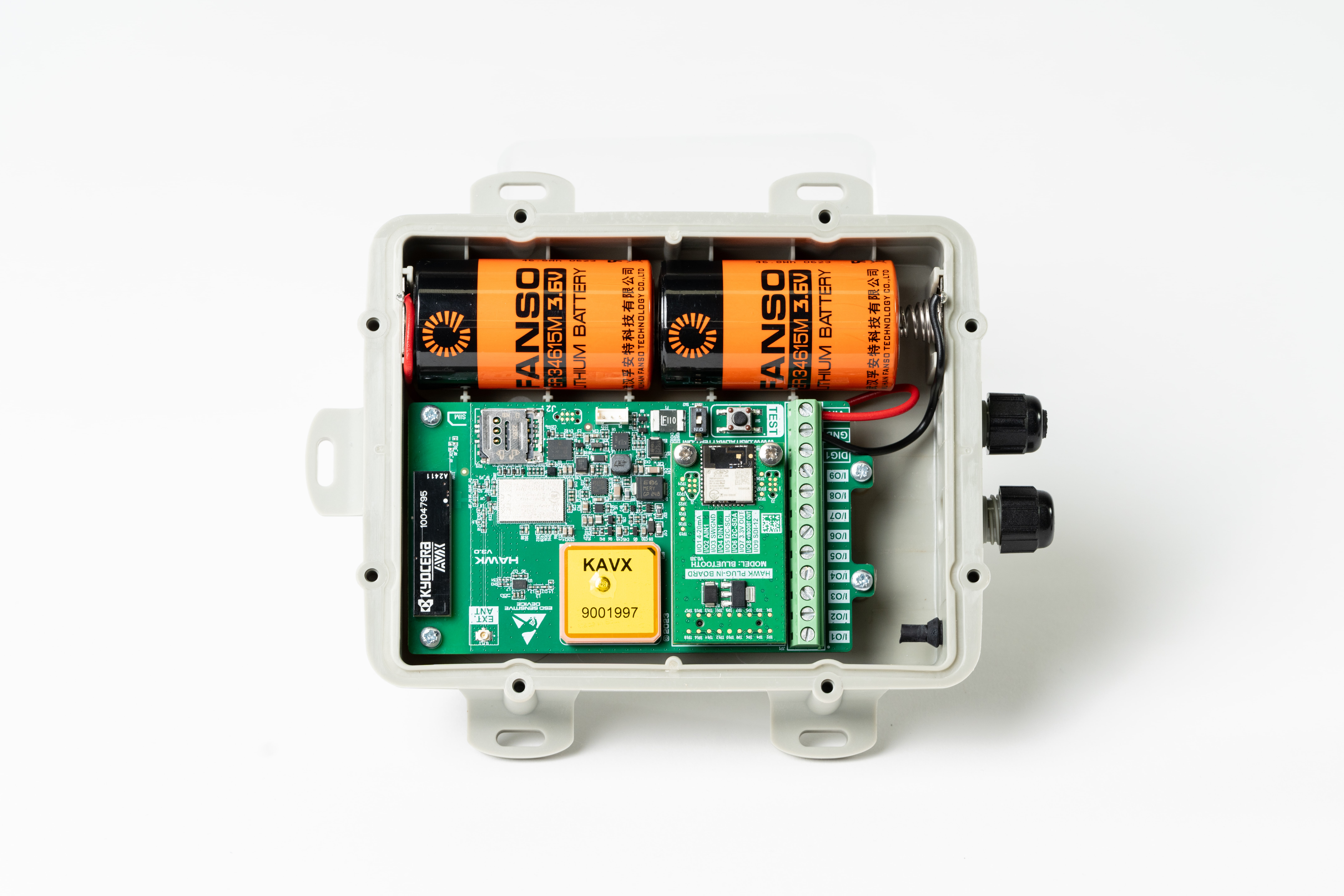
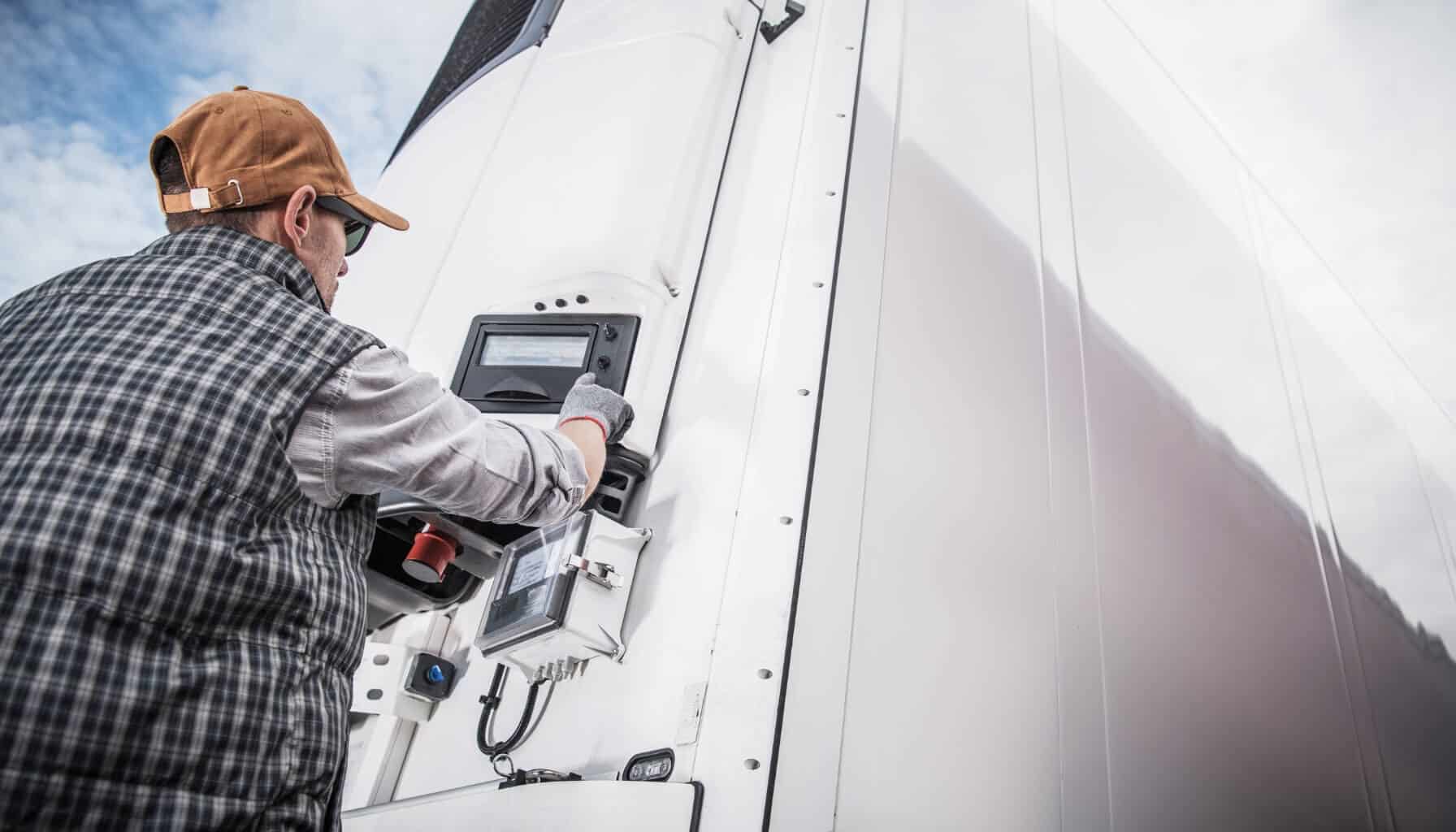
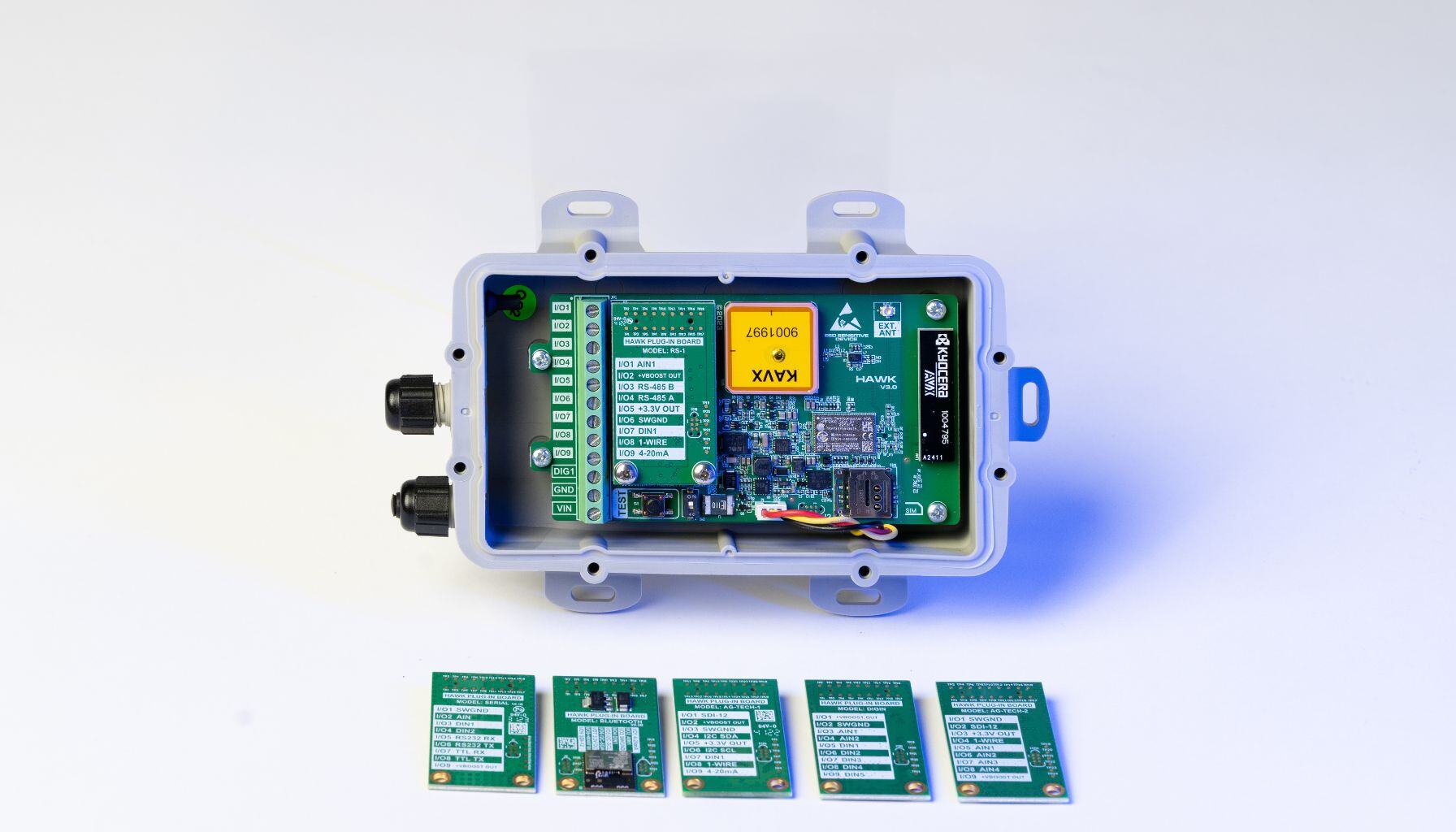
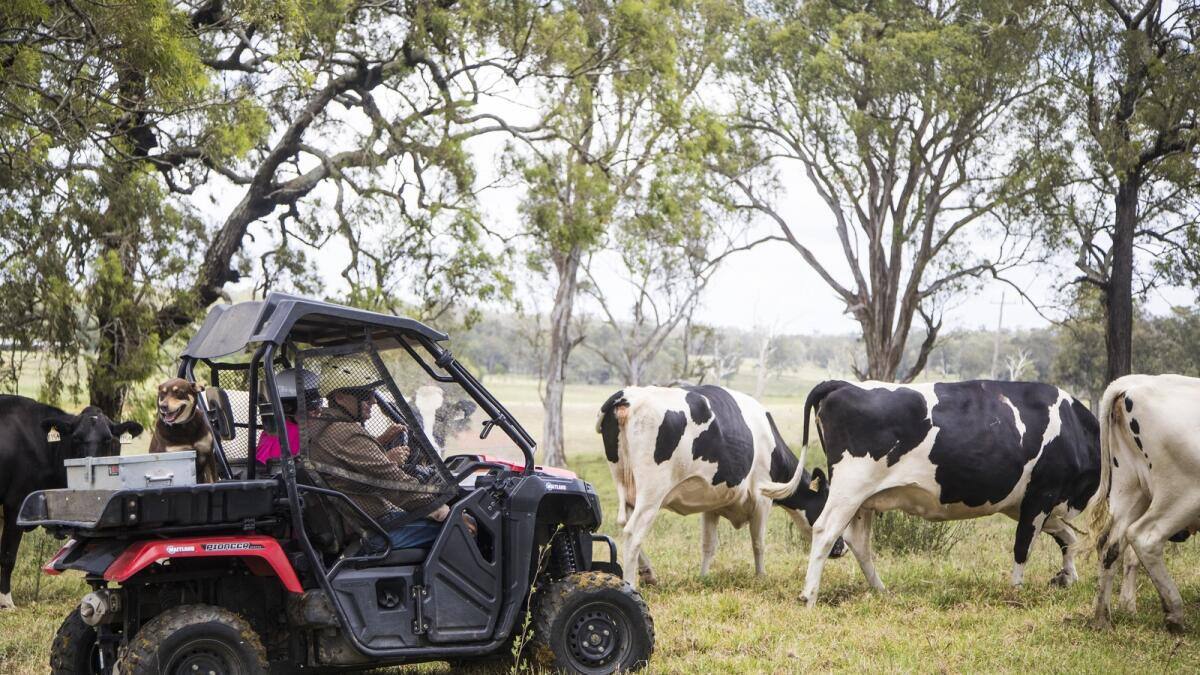


.jpg?width=352&name=Oct%20LinkedIn%20(1).jpg)